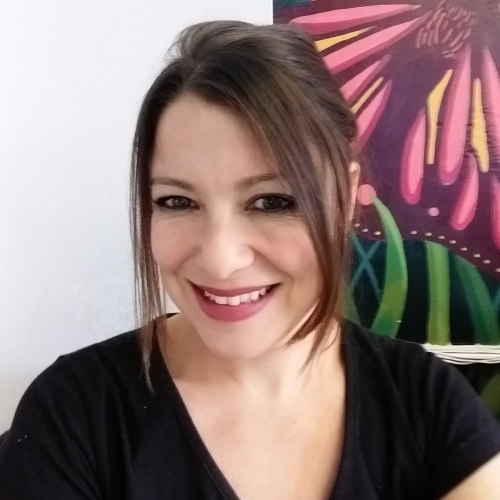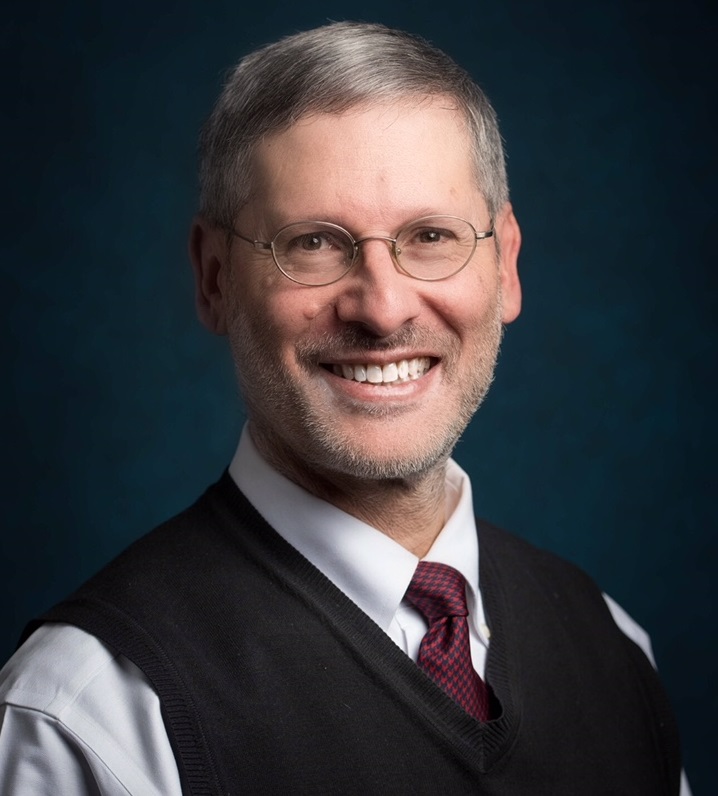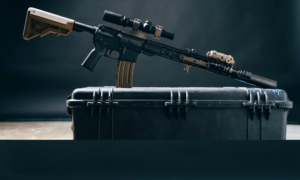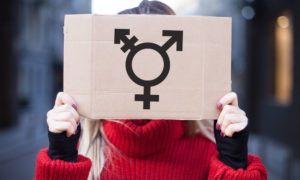 THE PERFECT STOCK/SHUTTERSTOCK
THE PERFECT STOCK/SHUTTERSTOCK
Appointed officials, some political and some nonpartisan, are less in the spotlight than elected officials. Most stay out of the politicized public eye. Included in this category is the state children’s ombudsperson or child advocate.
The word “ombuds” means “agent” in Swedish. In practice, a child ombudsperson or child advocate position requires impartial exploration into issues concerning child welfare. In 2003, the United States Ombudsman Association issued a document outlining the standards of the advocate’s office and highlighting themes such as independence, impartiality, confidentiality and credible review process.
The National Conference of State Legislatures published a comprehensive report in April 2018 that said the position of the state ombudsman for children was created to be an impartial advocate, a voice that answers to no party and should have no “cause” but that of the needs of children.
There are varying approaches to how states strive to carry out this mission. This brief exploration reveals that states have created different paths to this shared goal of child and family protection.
The way the advocate is hired, to whom the advocate answers and required credentials vary from state to state. Is one selection or qualification process intrinsically better than another? There is no compelling empirical answer.
Is appointing advocates best?
Currently all states appoint someone to the children’s advocate’s office. What has guided the decision to appoint rather than elect an ombudsperson is unclear.
Is there a better way? Other impartial figures — judges — can be either appointed or elected, depending on the jurisdiction. Some ombud positions around the world are filled by vote.

Michelle Bialeck
One legal historian questions whether the process of judicial appointment is one that truly applies more partisan pressure in a contemporary setting. In his 2012 book, law professor Jed Shugerman notes that the electoral process for judges was designed to ensure decision-making free of political pressures, guided only by the sanctions of the law itself in recent decades. He finds that the judges making the fewest political judgements are those who are appointed for the first term and then elected to continue their stay.
States differ in their selection process and job description. All 50 states were reviewed and the children’s advocate’s offices in California, Florida, Hawaii, Illinois, Kentucky, Michigan, Mississippi, New Jersey, New York, Ohio, Oklahoma and Texas were contacted directly.
While not every state responded to our inquiries (perhaps telling of the varying accessibility of the offices themselves), it was possible to access some missing information in published materials online.
One key variation is the background needed to be considered for appointment. Backgrounds in law, social work and/or child welfare are some requirements state governments use.
Accessibility is also different, both in terms of whom and what the advocate’s office may investigate and whether the community has sufficient access and information to prompt an investigation.
It is clear that some offices define themselves as advocates for children and others do not. In Hawaii, for example, the role of the ombudsperson is not an advocate but “an impartial and independent investigator into state and government agencies. ” The office cannot investigate the governor, lieutenant governor, the governor’s staff, the legislature, its committee or staff, the judiciary, the mayors, any federal government or multistate agency, or public employee grievances.
Assessments, accessibility differ
In one assessment of standards of ombudspersons, not only is separation from political parties essential for success, but accessibility is essential. This means children in the systems that the advocate’s office monitors should not only know of the existence of their advocate’s office, but the office should be easily accessed by all parties served by the office. In Norway, for example, where the children’s advocate is often seen as an international model for a successful program, children learn to recite the information for their advocate from grade school.
In California, it is standard for all children in foster care to have in their possession the contact information of the advocate’s office. This is not the case for all states. New Jersey’s office primarily connects interested parties to resources. In New Hampshire, the Office of the Child Advocate released a watchdog report that explores inadequacies in the relationship between the police force and Child Protective Services, an agency facing responsibility for several child deaths in recent years.

Daniel Pollack
How we assess the person in the role and how we assess the role itself differ from state to state. Most states’ advocate offices are assessed annually. Some are reviewed by an independent review board; some are self-assessed; some simply state the numbers of complaints filed and reviewed.
While some states ask for a yearly assessment that is reviewed by state legislatures, little is known about the impact of a yearly assessment. It’s also unknown whether the annual assessments are used to exert pressure to perform more adequately and whether the assessments lead to more awareness of the offices’ existence and function.
The extent to which a program is effective is unknown when measurable data on agreed-upon program outcomes are unavailable. Despite a lack of consensus regarding precise measures for determining the quality of advocate programs generally, we are not implying that none of the advocate programs are working.
While this is only a brief exploration into the dynamics of the states’ children’s advocate offices, it is clear that researchers have a timely opportunity to delve more deeply into how advocates are chosen, the exact parameters and roles of this position and the best assessment tools to be used. It is essential for social scientists to help bring to light whether or not children’s advocate offices are providing impartial investigations of child welfare systems as they are intended and in ways that best serve the unique needs of each state.
Michelle Bialeck has been working with at-risk youth and immigrant families for almost two decades. She is a social welfare Ph.D. candidate at the School of Social Work, Yeshiva University, New York City.
Daniel Pollack, M.S.S.A. (M.S.W.), Esq. , is a professor at the School of Social Work, Yeshiva University, New York City.






























